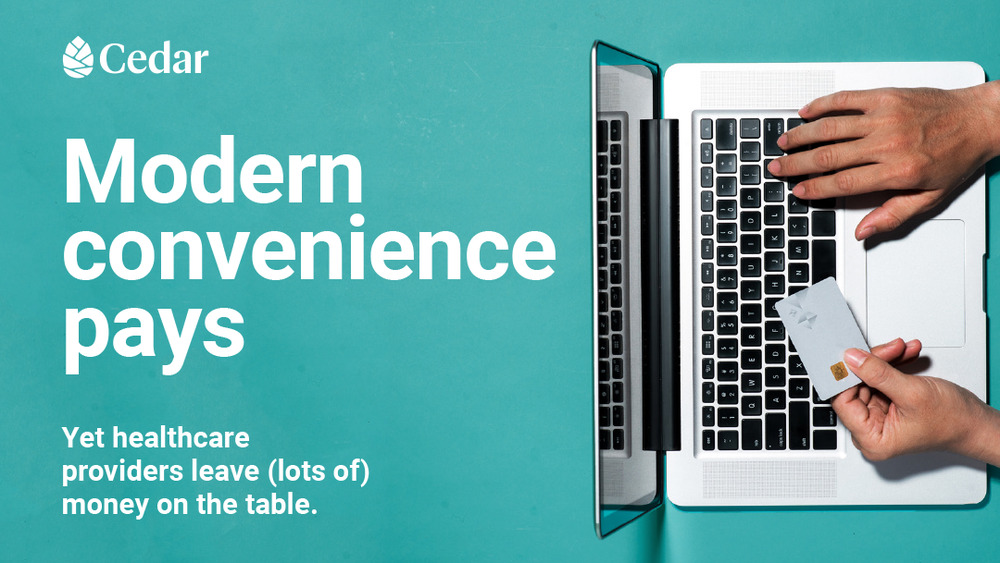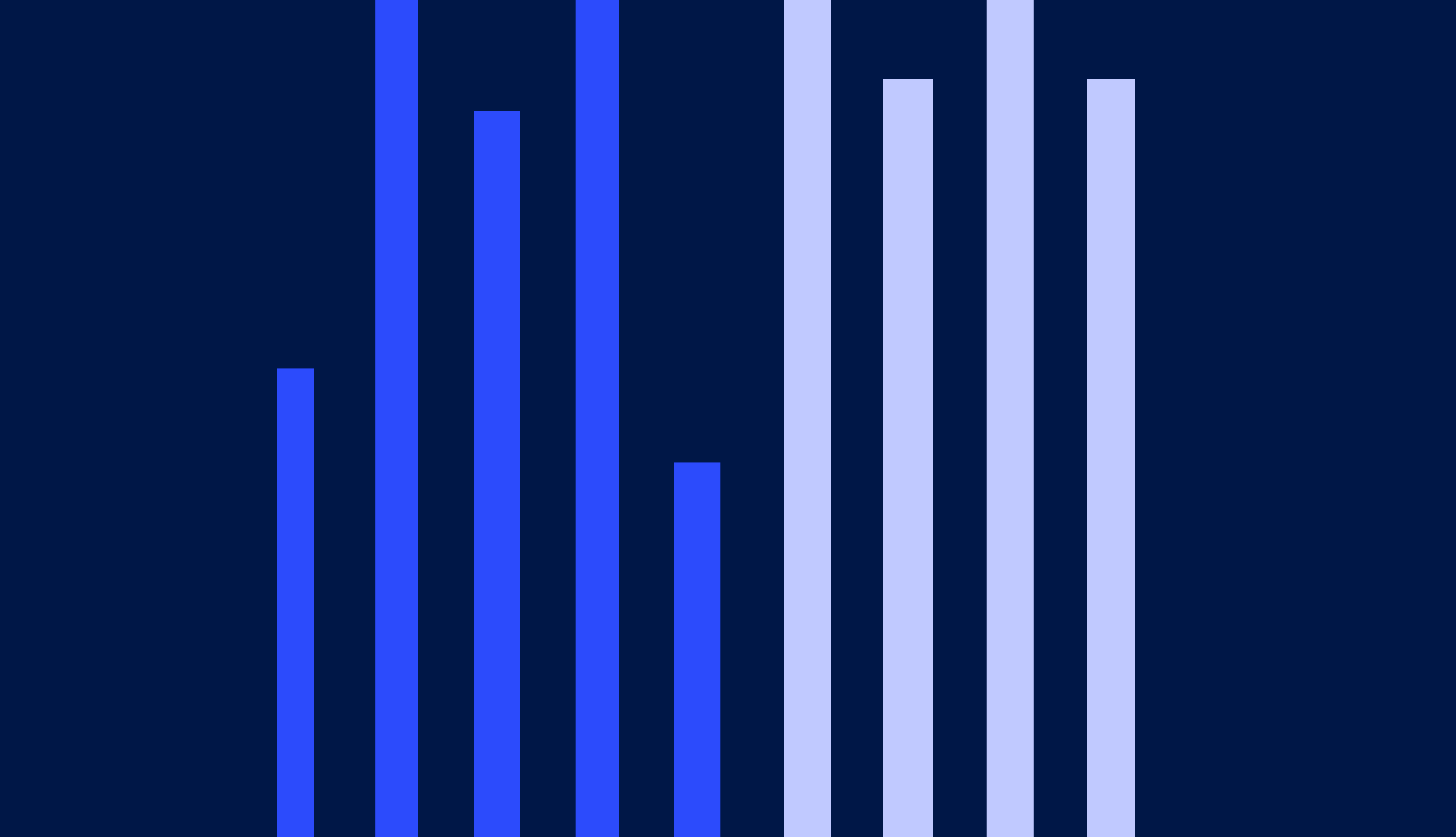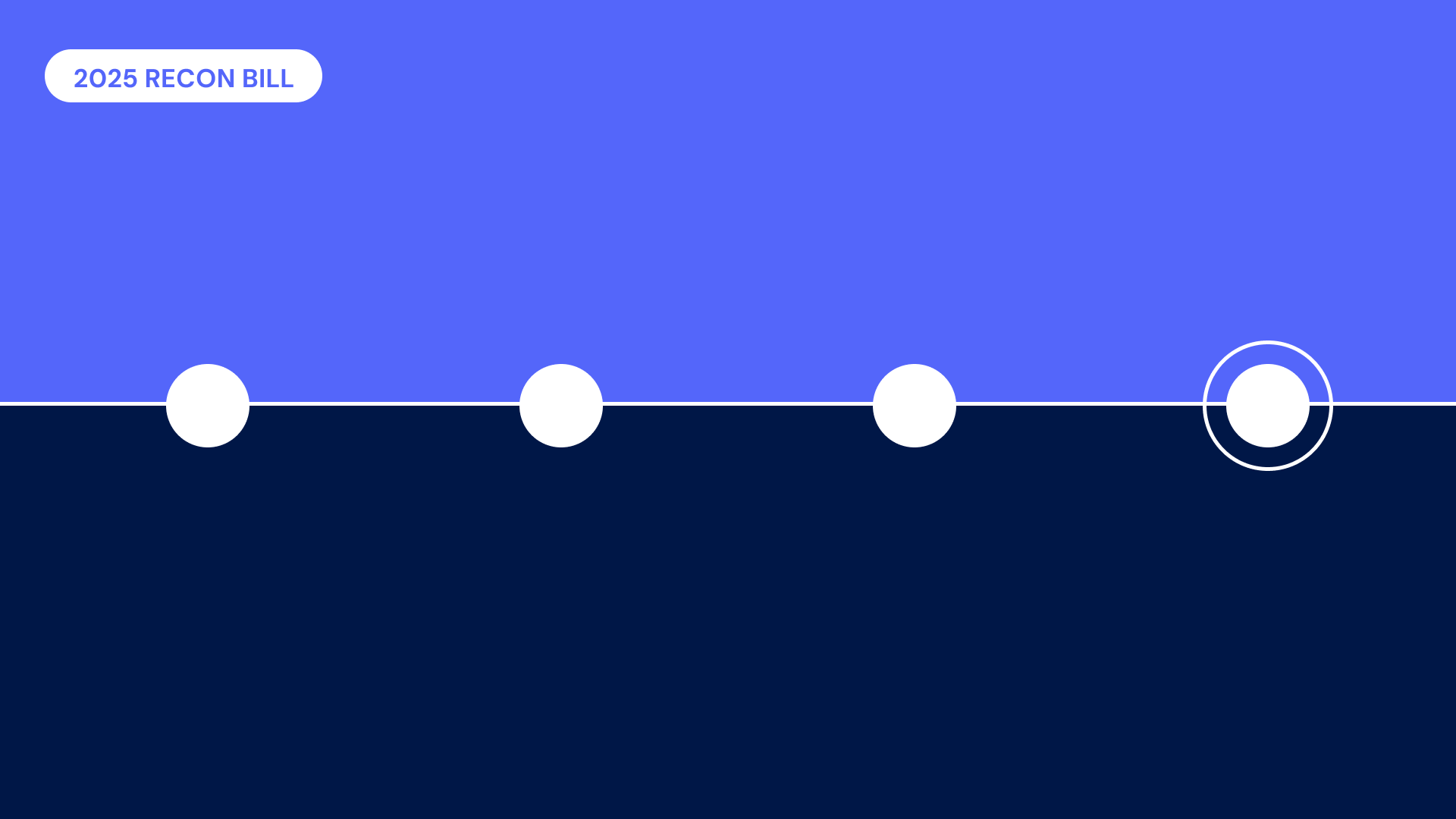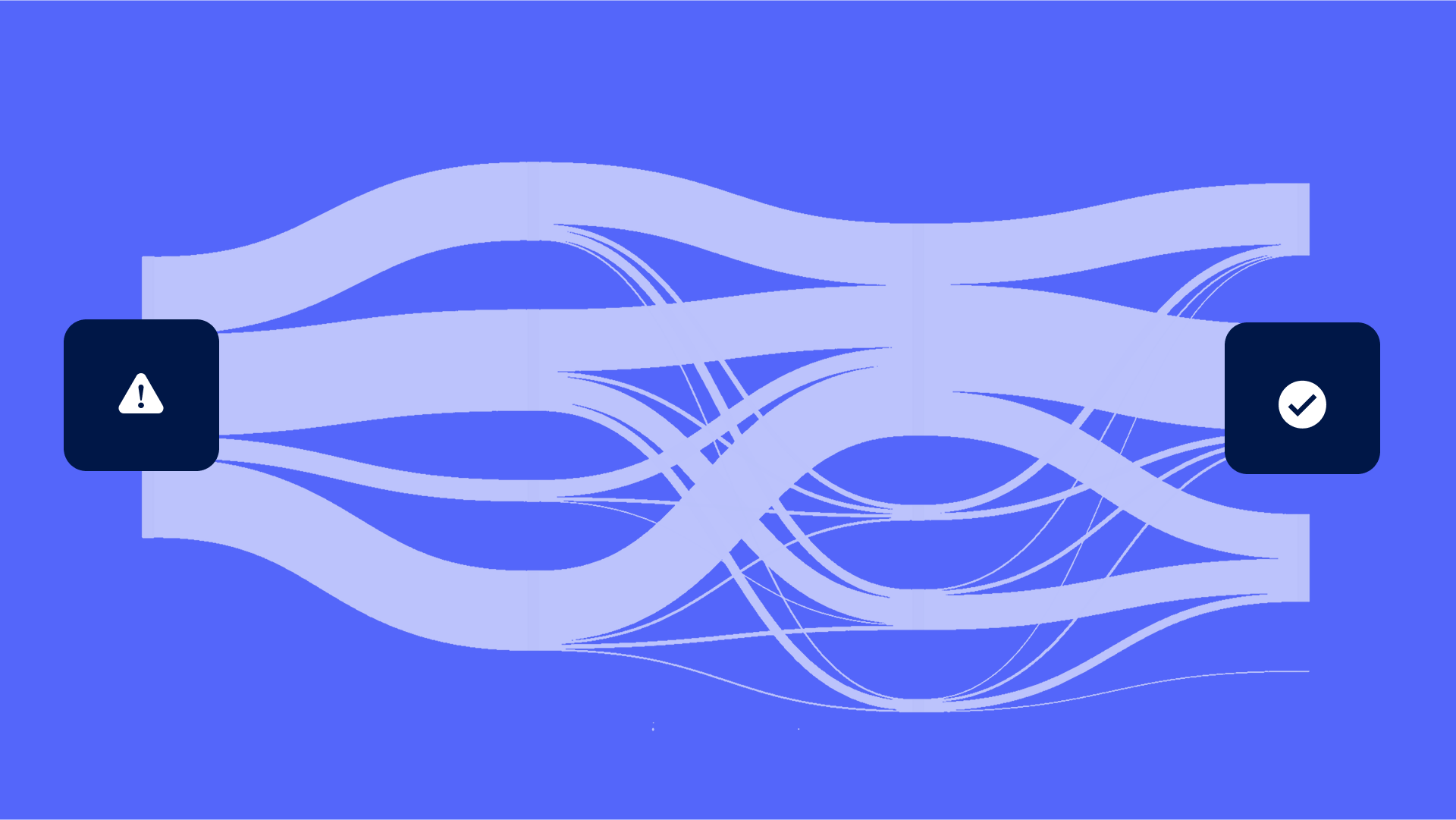While healthcare providers face daunting, long-term challenges like value-based care and population health management, it is imperative they don’t lose site of the near-term priorities that can have an immediate (and, many times, significant) impact on their bottom lines. Take for example, the antiquated patient billing systems still used by most providers, where bills are managed manually despite patient expectations for a more modern experience similar to what they get with online banking and e-commerce sites. In fact, a 2017 Medical Group Management Association survey revealed that while more than one half of patients prefer to receive medical bills electronically, approximately 77 percent of providers still use paper-based patient billing methods.
The complicated cost of paper invoices

As a collection method, paper invoicing is expensive and labor-intensive.
On average, it takes more than three statements—costing $5 to $15 each—to collect one patient’s balance in full (MGMA).
That may seem insignificant relative to the value of the invoices, but this lost revenue can add up quickly. An Athenahealth study found that while 93.8% of balances $35 dollars and under were paid within a year, only 66.7% of balances over $200 were paid. Once that balance is left on the table, the data show many providers don’t ever capture that revenue.
What’s more, this isn’t an unavoidable “cost of doing business.” The 2017 MGMA survey indicated that keeping a patient’s credit card on file to pay small balances under $200 would decrease patient bad debt and write-offs by 36%, days in patient A/R by 34%, and cost of collections by 34%.
The data show patients are not trying to avoid paying their bills. The majority of unpaid medical invoices come from patients who are able, and at least theoretically willing, to pay what they owe. Instead, the outdated billing systems create unnecessary obstacles for these patients.
Delayed and confused: The state of the current patient billing experience
Legacy invoicing systems get more out of sync with patients’ spending habits with each passing year. Consider a typical billing process: after a patient visits a provider, she receives an Estimation of Benefits (EOB) from her payer followed by a bill from her provider, full of Current Procedural Terminology (CPT) codes—and sometimes, this bill arrives months after the initial appointment. The patient is left to wonder: Are these for the same visit? How do I know if the charges are correct if I can’t understand the codes?
It should come as no surprise that over 56% of patients delay paying their medical bills because they are confused by the explanation of the bill (Modern Healthcare). By clinging to outdated invoicing systems, providers are setting their patients up to fail, and thereby setting themselves up to lose a huge portion of their revenue.
Paper is passe: Modern billing requires personalized options

There is a new option for providers, though, and it starts with a modern approach to billing. By offering patients an intuitive, clear and convenient way to review and pay for care, healthcare organizations can reverse patient stress and frustration, and stop leaving money on the table. This means putting an end to slow, outdated and confusing paper billing systems, and re-evaluating the payment experience from the patient’s perspective. Providers need to ask themselves how their invoicing can better resemble transactions with other service providers that their patients make daily. And, they need to anticipate how those habits will continue to incorporate new technology.
Overturning decades-old methods like paper invoicing can be a daunting task, but it’s not something that healthcare organizations have to face alone. By partnering with Cedar, providers can transform the payment and engagement experience with a consumer-friendly digital application that matches patient preferences and provides an easy way to resolve their bills—including customized payment plan options for those unable to pay the full amount at once.
To date, providers using Cedar Pay have seen approximately 35% increase in patient collections and a 95% or greater patient satisfaction rating. For a hospital with $1B in revenue, this could mean a 4% improvement in operating margin. What could the ROI be for your organization? Contact us to learn more.




